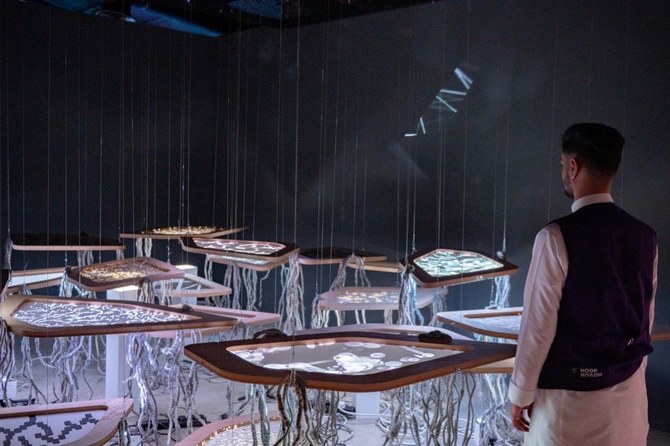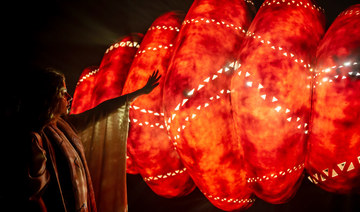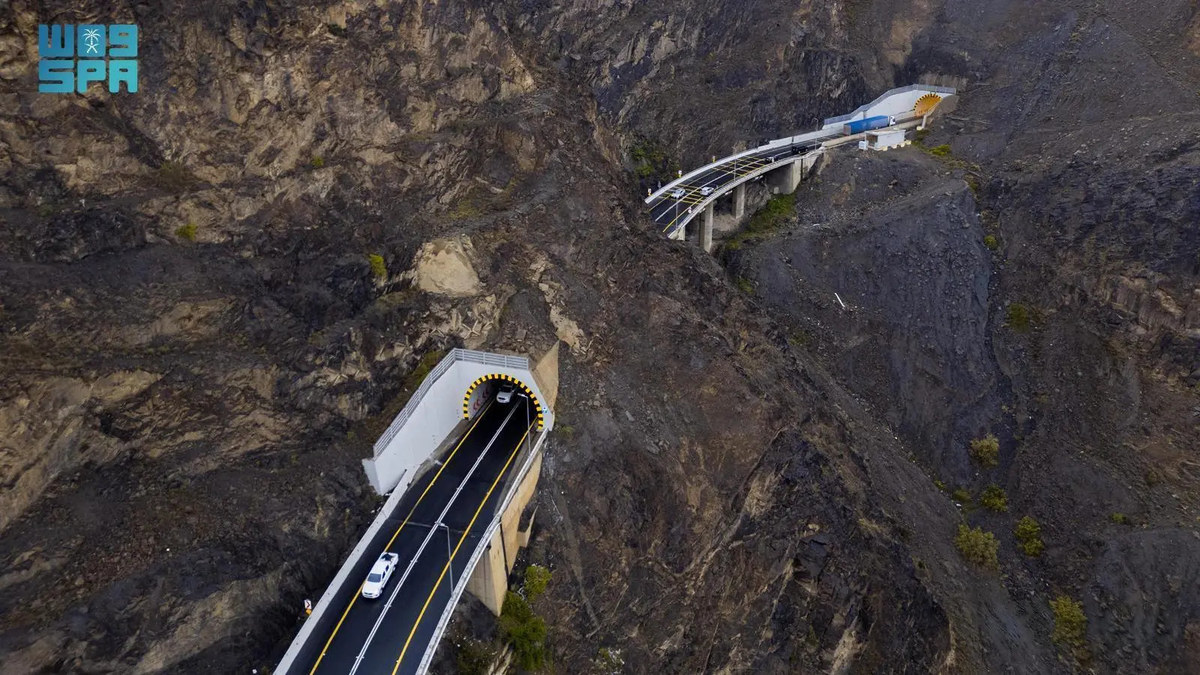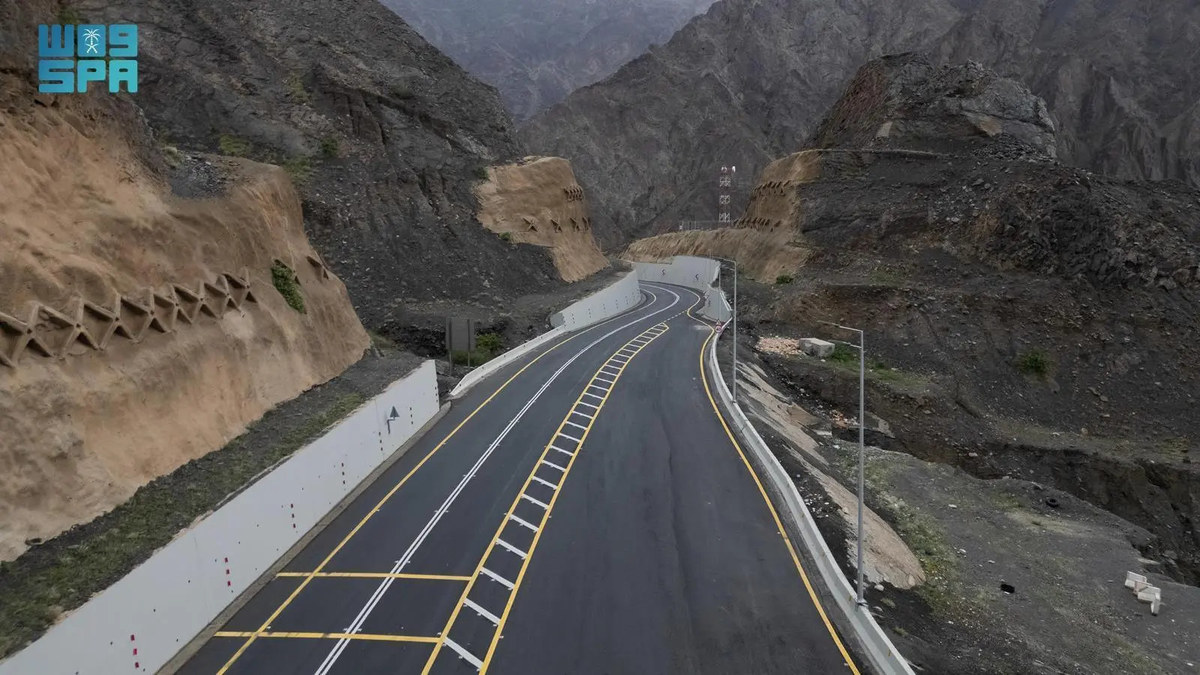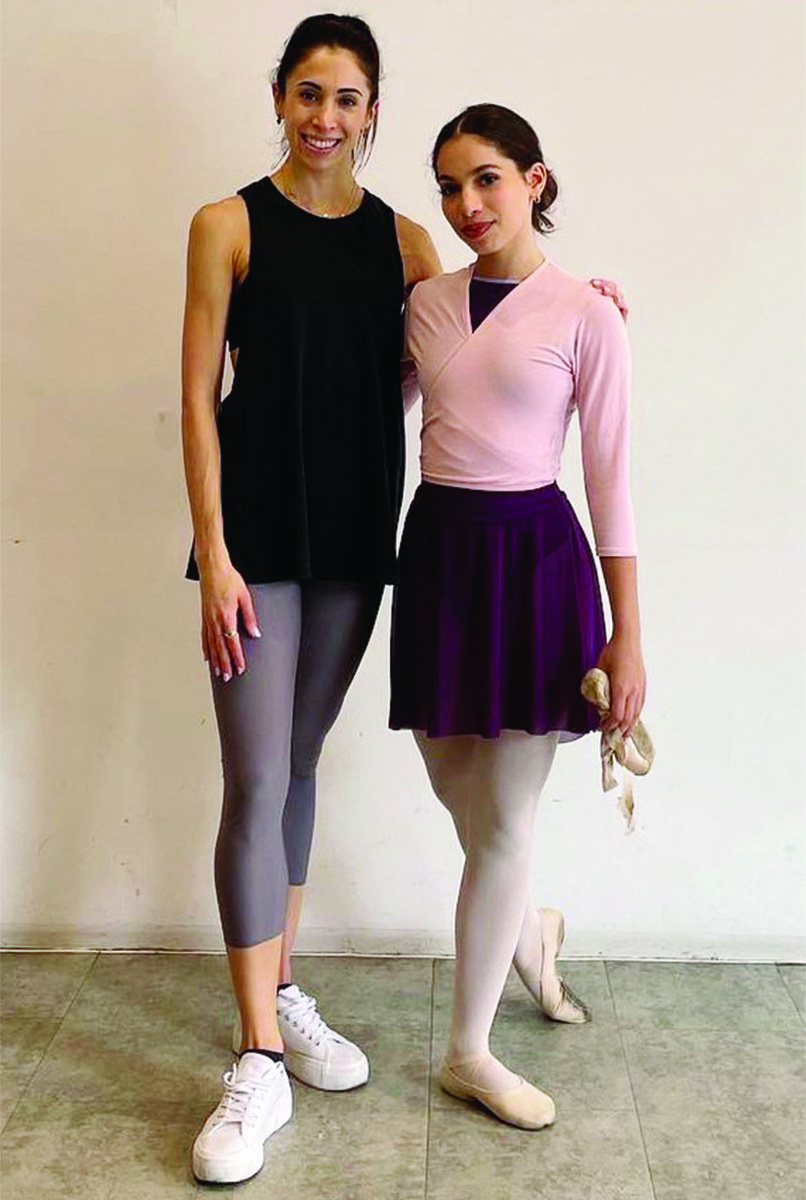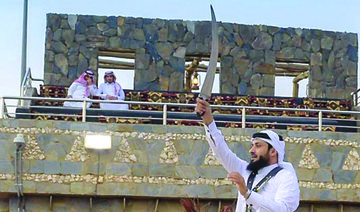RIYADH: Noor Riyadh, the largest light festival in the world, continues to inspire local and international artists.
In 2020 and 2022, visual artist Daniah Alsaleh showcased two of her artworks — “Love Stories” and “Delicate” — at Noor Riyadh.
The “Love Stories” display featured AI-generated individuals singing popular love songs to each other in public. This captivating installation was exhibited in Oud Square at the Diplomatic Quarter.
The other installation, “Delicate,” was included in the Noor Riyadh accompanying exhibition, “From Spark to Spirit,” in the Jax district in Diriyah.
Alsaleh said that her art was inspired by “a multifaceted exploration of memory and cultural conditioning.
“I draw inspiration from books, media and everyday costumes and habits. Through my work, I explore our connections to each other and to the world by using different materials and techniques such as painting and technology to create pieces that speak to our shared human experiences of vulnerability and discovery.”
Alsaleh said that the professional experience opened doors and provided her with the opportunity to witness how her work resonated with visitors.
She said: “Participating in Noor Riyadh for the first time was an intriguing experience that allowed me to engage with a professional production team. Their hands-on approach and dedication to realizing my artistic vision were key aspects of the process.
“It had an unexpected effect on the visitors as it touched on a personal objective topic of love in the genre of Arabic love songs in conservative cultures.”
Alsaleh is among the numerous artists who have received support from the Kingdom’s initiatives aimed at nurturing and promoting local artists.
“The future of art in Saudi Arabia holds great promise and potential. With the increased investment and support in the creative industries by the Saudi government and the growing community of talented artists, the Saudi art scene is poised for dynamic growth and innovation,” she said.
The local community had also played a significant role in fostering the growth of art in the Kingdom.
She said: “The embrace of contemporary art, coupled with a rich heritage of traditional artistic practices Saudi is known for, creates a unique blend of old and new.
“This fusion not only honors the past but also paves the way for fresh interpretations and experimental approaches that will reflect the unique cultural identity of the nation and simultaneously propel it to an international audience.”
Saudi artist Rashed Alshashi was also part of the 2021 Noor Riyadh exhibition at the King Abdullah Financial District, where his artwork was viewed by thousands.
Alshashi categorizes his experience into three main aspects: visual aesthetics, technology, and emotional resonance. “These works may stimulate the audience to explore self-creation and expand their concept of art and beauty, and may guide them to discover new aspects of the world and personal experience.”
He added: “Artworks are designed in innovative ways to create mesmerizing and amazing visual effects. Advanced technology is used to achieve these effects, such as sensor-controlled lighting or interactive light shows.”
Alshashi said that through exploring the exhibition, individuals had the opportunity to engage with the artwork and fully immerse themselves in a realm of light and color.
“The right light creates a contrasting atmosphere, enhancing the feeling of magic and mystery. These emotional and spiritual influences inspire people to think deeply and lead to moments of peace and meditation.”
The festival is set to make its comeback in November 2023 for its third year, with the aim of fostering creativity and providing support for talents from diverse backgrounds.
Alshashi said that the future of art in Saudi Arabia looked promising, thanks to the Kingdom’s dedication to supporting artists in various fields.
“In recent years, the Kingdom has witnessed major transformations in the field of culture and arts, thanks to the Kingdom’s Vision 2030, which aims to strengthen the economy and culture and diversify sources of income. There is a strong interest from our leadership in Saudi Arabia to support art and culture, and this reinforces hopes for a bright future for art in the homeland,” Alshashi said.











